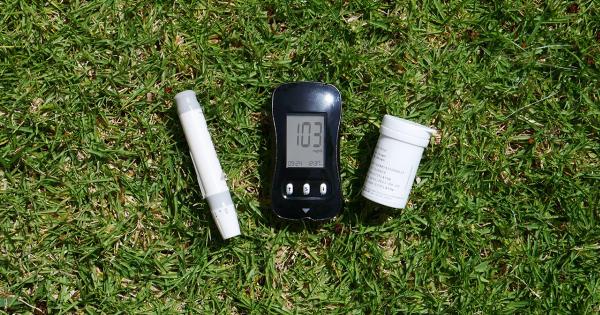The growing problem of atmospheric pollution is posing a significant risk to human health. It is causing various respiratory and cardiovascular illnesses. However, recent studies have shown that atmospheric pollution can also lead to kidney damage.
This article will provide an overview of the impacts of atmospheric pollution on the kidneys.
What is Atmospheric Pollution?
Atmospheric pollution, also known as air pollution, is a mixture of microscopic particles and gases that are harmful to human health and the environment.
It can be caused by both natural and human activities such as fossil fuel combustion, industrial processes, transportation, and agricultural activities.
How does Atmospheric Pollution Affect the Kidneys?
The kidneys play a crucial role in filtering waste and excess fluids from the blood. Exposure to atmospheric pollution can cause damage to the tiny blood vessels in the kidneys, leading to reduced kidney function.
Studies have shown that individuals who live in areas with high levels of pollution have a higher risk of developing chronic kidney disease (CKD).
Particulate Matter and Kidney Damage
Particulate matter (PM) is a type of atmospheric pollution that consists of tiny particles of dust, dirt, and debris. It is one of the most harmful pollutants to human health, and it has been linked to various health problems, including kidney damage.
A study conducted by the European Renal Association and European Dialysis and Transplant Association showed that exposure to particulate matter can lead to an increased risk of CKD.
The study found that for every increase in PM exposure by 10 μg/m3, there was a 5% increase in the risk of developing CKD.
Nitrogen Oxides and Kidney Damage
Nitrogen oxides (NOx) are a group of harmful gases that are commonly produced by vehicles and industrial processes. Exposure to NOx can cause inflammation and oxidative stress in the body, which can lead to kidney damage.
A study conducted by the University of Michigan found that exposure to NOx can lead to an increased risk of CKD.
The study found that individuals living in areas with high levels of NOx had a 30% higher risk of developing CKD compared to those living in areas with low levels of NOx.
Sulfur Dioxide and Kidney Damage
Sulfur dioxide (SO2) is a gas that is commonly produced by industrial processes, especially those involving fossil fuels. Exposure to SO2 can lead to respiratory problems, but it has also been linked to kidney damage.
A study conducted in China found that exposure to SO2 can lead to an increased risk of CKD. The study found that for every increase in SO2 exposure by 10 μg/m3, there was a 3% increase in the risk of developing CKD.
Prevention of Kidney Damage from Atmospheric Pollution
The best way to prevent kidney damage from atmospheric pollution is to reduce exposure to harmful pollutants.
Individuals can do this by avoiding areas with high levels of pollution, using air filters in their homes, and reducing the use of vehicles and other sources of pollution.
It is also essential for governments and organizations to take action to reduce atmospheric pollution.
This can include implementing regulations to reduce emissions from vehicles and industrial processes, investing in renewable energy sources, and promoting public transportation.
Conclusion
Atmospheric pollution is a growing problem that poses a significant risk to human health. It can cause respiratory and cardiovascular illnesses and can also lead to kidney damage.
It is essential for individuals, governments, and organizations to take action to reduce exposure to harmful pollutants to prevent the negative health effects associated with atmospheric pollution.



























